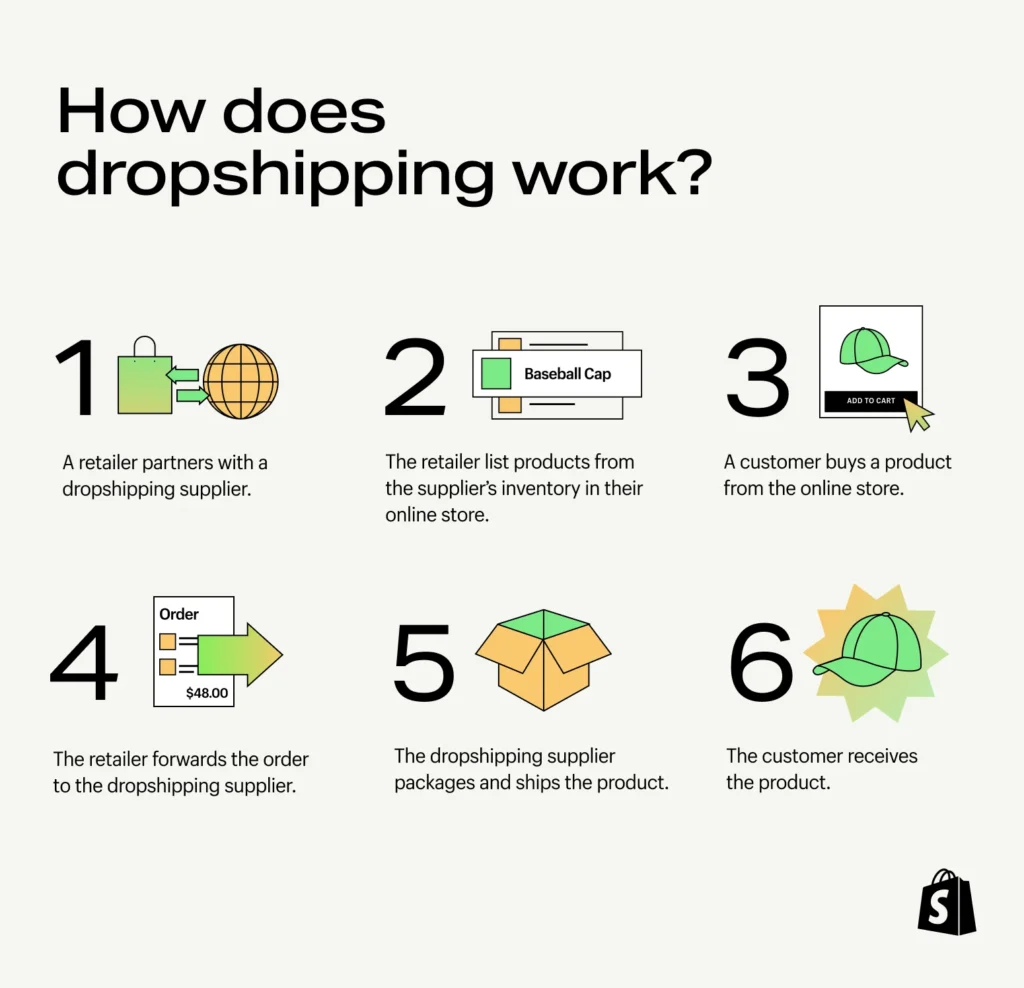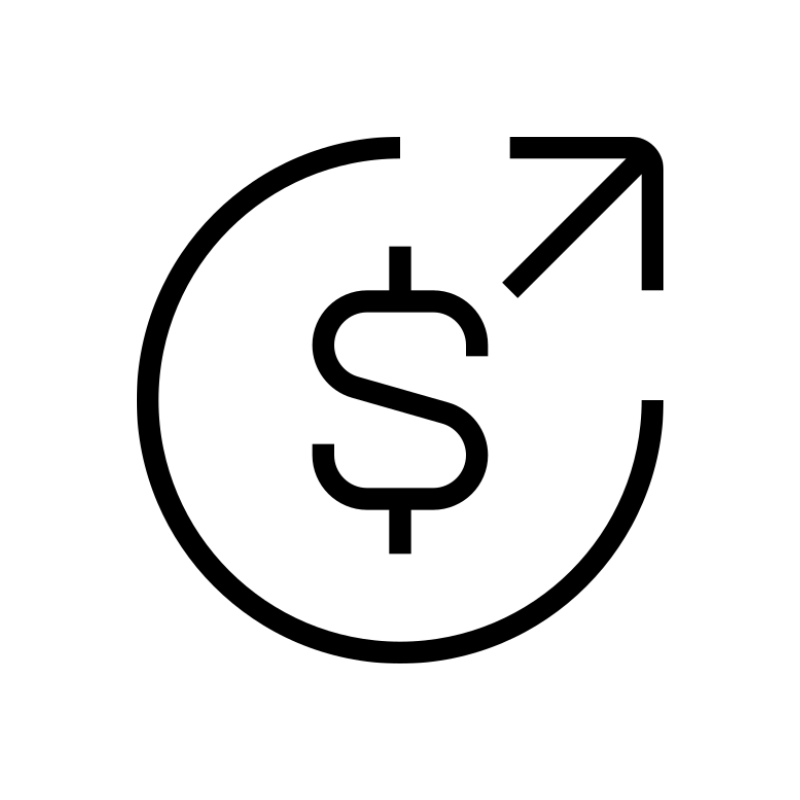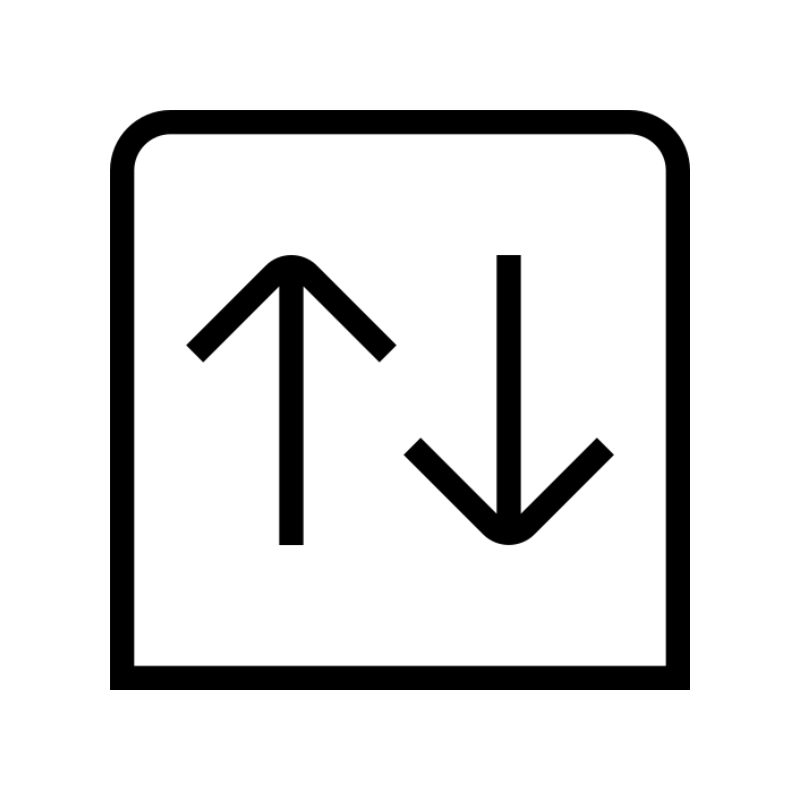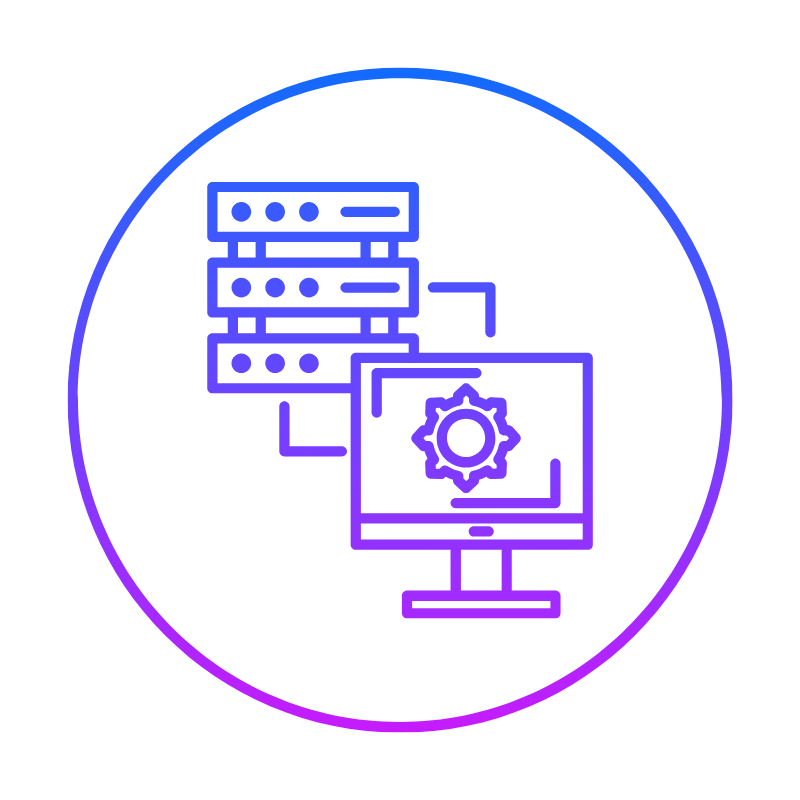There you are sitting, scrolling, wondering if dropshipping in the Philippines is legit.
Can you actually make money without a warehouse?
Will customers even trust you?
What about shipping delays in an archipelago?
These are real worries.
I get it.
Dropshipping sounds like a dream; low startup costs, no inventory, just pure hustle.
But it is not a get-rich-quick scheme.
It is a grind that pays off if you do it right.
This guide cuts through the noise.
It is your step-by-step playbook to start dropshipping in the Philippines, with strategies to stack profits.
Just what works.
Why Truehost.ph is Your Dropshipping Launchpad
Before we START, let’s talk about your online store’s foundation—your domain name.
Your domain is your brand’s home.
It is what customers type to find you.
A clean, memorable domain builds trust and screams pro.
Truehost.ph has the cheapest domain registration in the Philippines, starting at prices that won’t make your wallet cry.
Check them out at Truehost.ph Domain Registration.
Why does this matter?
Because a killer domain like “PinoyTechGear.ph” sets you apart from the generic “store123.com” crowd.
It is your first step to standing out in a sea of Shopee and Lazada sellers.
Grab yours now, and let’s build your empire.
What is Dropshipping, and Why the Philippines?
Dropshipping is simple.
You sell products online without touching them.

Customer orders, you pass the order to a supplier, they ship it.
You pocket the difference.
No warehouse, no upfront stock costs.
In the Philippines, this is gold.
E-commerce is booming—Statista says the market could hit $11.36 billion by 2025.
Filipinos are glued to their phones, shopping on Shopee, Lazada, and TikTok.
But it is not all sunshine.
Shipping across islands can be a pain.
Customers love cheap deals and cash-on-delivery.
You’ve got to play smart to win.
Read also: Is Dropshipping in the Philippines Profitable? Really?
Step-by-Step Guide to Start Dropshipping in the Philippines
Step 1: Pick a Niche That Sells
You can’t sell everything to everyone.
That is a recipe for failure.
Focus on a niche—products people want but aren’t everywhere.
Think pet supplies, eco-friendly gadgets, or K-pop merch.
Here is how to nail it:
- Research trends: Use Shopee’s “Top Searches” or Google Trends to spot what’s hot.
- Check competition: Search “pet toys” on Lazada. See who’s dominating and why.
- Match your passion: If you love fitness, sell resistance bands or yoga mats. It’s easier to market what you get.
Example: My friend Jessa picked baby clothes as her niche.
She noticed moms on Facebook groups were crazy for organic cotton onesies.
She sourced unique designs from AliExpress, marked them up, and sold out in weeks.
Step 2: Find Reliable Suppliers
Your supplier is your backbone.
A bad one tanks your business—late shipments, junk products, no support.
Here’s how to find the good ones:
- Start local: Platforms like Dropify connect you to Philippine suppliers for faster shipping.
- Go global: AliExpress and EPROLO offer millions of products, often with free dropshipping plans.
- Test them: Order samples. Check quality and speed yourself.
- Vet reputation: Look for 4.5+ star ratings on platforms like Shopify App Store.
Pro tip: EPROLO’s free plan lets you import products with one click.
I know a guy, Carlo, who used them to source trendy phone cases.
His customers got deliveries in 7-10 days, and he avoided the “where’s my order?” DMs.
Step 3: Build Your Online Store
Your store is your money machine.
It needs to look legit and convert clicks to sales.
Here is the game plan:
- Choose a platform: Shopee and Lazada are huge in the Philippines. Shopify’s great for custom stores.
- Get a domain: Snag a cheap, catchy one from Truehost.ph to boost your brand.
- Design clean: Use high-quality images, clear descriptions, and a simple layout.
- Add trust signals: Show reviews, offer cash-on-delivery, and highlight fast shipping.
Example: Sarah’s store on Shopee looked basic at first. She upgraded with pro photos and a “100% Authentic” badge. Sales doubled because customers felt safe buying.
Read also: Is CJ Dropshipping Available in the Philippines? Really?
Step 4: Set a Pricing Strategy That Wins
Profit is king, but Filipino shoppers are price-sensitive. You’ve got to balance margins with competitive prices. Here’s how:
- Calculate costs: Supplier price + shipping + platform fees (Lazada takes a cut).
- Set margins: Aim for 20-30% profit after costs. Example: $5 product + $2 shipping = sell for $10.
- Offer deals: Free shipping on orders over ₱500 pulls in more buyers.
- Watch competitors: Use iPrice Philippines to compare prices on electronics or fashion.
Mark sold Bluetooth earbuds for ₱800 when competitors charged ₱600. He bundled a free case and offered COD. Customers paid the premium for the perk.
Step 5: Market Like a Beast
No traffic, no sales.
You’ve got to get eyes on your store. Here is what works in the Philippines:
- Social media ads: TikTok and Instagram Reels are huge. Short, fun videos convert.
- SEO: Optimize product titles with keywords like “affordable pet toys Philippines.”
- Email/SMS: Send promo codes or “VIP deals” to keep customers coming back.
- Influencers: Partner with local micro-influencers (5k-10k followers) for cheap shoutouts.
Anna ran TikTok ads for her eco-friendly straws.
She spent ₱5,000 and made ₱20,000 in sales in a month.
Her secret? A 15-second video of a kid sipping juice with her straw.
Step 6: Handle Orders and Returns Smoothly
Dropshipping means you rely on suppliers for fulfillment.
But you’re still on the hook for customer happiness.
Here is how to keep it tight:
- Automate orders: Use apps like EPROLO to sync orders to suppliers.
- Track shipments: Share tracking links to cut down on “where’s my stuff?” messages.
- Plan for returns: Set a clear policy. Most suppliers handle returns, but confirm first.
- Stay responsive: Reply to customer queries within an hour. Filipinos expect fast service.
Example: When a customer got a defective lamp, Liza refunded them instantly and sent a replacement. That customer left a 5-star review and bought again.
Read also: Top 10 Door-to-Door Delivery Services in the Philippines
Step 7: Analyze and Optimize
You are not done once sales roll in.
Track data to grow bigger. Here is how to do it right:
- Use tools: Google Analytics or Shopee’s dashboard shows what’s selling.
- Pivot fast: If a product flops, swap it for something trendier.
- Test ads: Try different ad creatives to see what clicks.
- Scale winners: Double down on top-performing products.
Mike noticed his gaming mouse pads sold 10x more than keyboards. He dropped keyboards, added more pad designs, and tripled his revenue.
Strategies to Maximize Dropshipping Profits
Now, let’s talk money. Here is how to stack those pesos:
Focus on High-Margin Products
- Target premium niches: Beauty, fitness, or tech gadgets often have better margins.
- Avoid price wars: Don’t sell super-cheap items like ₱100 trinkets—margins are razor-thin.
- Bundle products: Sell a phone case + screen protector as a set for higher profit.
Build a Brand That Sticks
- Create a vibe: Use a consistent logo, colors, and tone. Think “Pinoy pride” or “eco-warrior.”
- Tell a story: Share why you started. Customers love personal brands.
- Use Truehost.ph: A custom domain like “EcoPinoyShop.ph” screams legit.
Master Local Preferences
- Offer COD: Filipinos trust cash-on-delivery over card payments.
- Fast shipping: Partner with suppliers who deliver in 5-10 days, not 30.
- Localize content: Use Taglish in ads or descriptions to connect.
Leverage Data for Growth
- Track everything: Sales, clicks, refunds—know your numbers.
- Use Meta Business Suite: It shows which ads are killing it.
- Test and tweak: Try new products weekly to find winners.
Challenges and How to Crush Them
Dropshipping isn’t perfect. Here’s how to handle the big hurdles:
- Shipping delays: Pick suppliers with local warehouses or fast international shipping.
- Low margins: Focus on unique products to avoid competing on price.
- Competition: Stand out with better branding and customer service.
- Supplier issues: Always have backup suppliers. If one flops, you’re covered.
Example: When John’s supplier ran out of stock, he switched to a backup on Dropify. No sales were lost, and customers stayed happy.
Read also: Can You Use Shopify in the Philippines? Really?
Dropshipping Profit Potential in the Philippines
How much can you make?
It varies.
Shopify says some dropshippers earn ₱5,000 to ₱5,000,000 a year.
A guy I know, Paolo, started with ₱10,000 for ads and a domain.
In six months, he was pulling ₱50,000 a month selling fitness gear.
The key? He picked a niche he knew, tested products fast, and marketed like crazy.
Your profits depend on your hustle, niche, and strategy.
Final Thoughts
Dropshipping in the Philippines is a real shot at building something big.
It’s low-risk, but it’s not easy.
Pick a niche you vibe with.
Find suppliers you trust.
Build a store that converts.
Market like your life depends on it.
And don’t skip the basics—grab a domain from Truehost.ph to start strong.
You’re not just selling products.
You’re building a brand.
Get after it.
Read also:
 Web HostingCost-effective shared hosting solutions
Web HostingCost-effective shared hosting solutions Reseller HostingStart your own hosting business without tech hustle
Reseller HostingStart your own hosting business without tech hustle Affiliate ProgramEarn commission by referring customers to our platforms
Affiliate ProgramEarn commission by referring customers to our platforms cPanel HostingHosting powered by cPanel (Mostly user friendly)
cPanel HostingHosting powered by cPanel (Mostly user friendly) Windows HostingOptimized for windows based-applications and sites
Windows HostingOptimized for windows based-applications and sites Domain SearchFind and register available domain names in seconds
Domain SearchFind and register available domain names in seconds All DomainsExplore and register domain extensions across the world
All DomainsExplore and register domain extensions across the world Domain Transfermove your domain to us with zero downtime and full control
Domain Transfermove your domain to us with zero downtime and full control Whois LookupLook up domain ownership, expiry dates and registrar information
Whois LookupLook up domain ownership, expiry dates and registrar information .com DomainSecure the most recognized domain for global credibility
.com DomainSecure the most recognized domain for global credibility VPS HostingScalable virtual servers. Full root access. Faster speed.
VPS HostingScalable virtual servers. Full root access. Faster speed. Managed VPSNot a tech expert? Choose our fully managed VPS server.
Managed VPSNot a tech expert? Choose our fully managed VPS server. Dedicated ServersGet the full power and complete control of your own physical server.
Dedicated ServersGet the full power and complete control of your own physical server.
